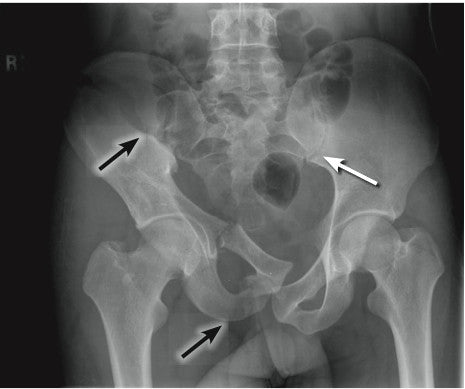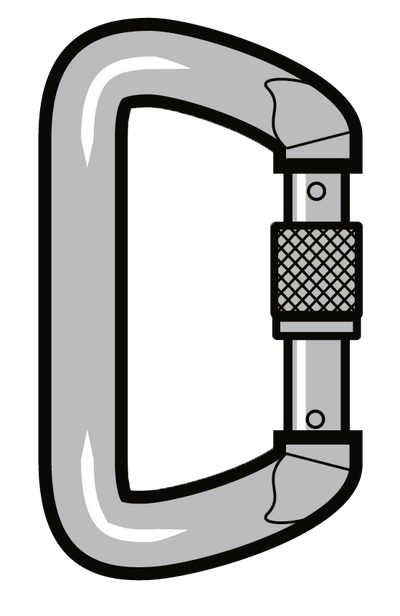
Ask a Pro: How did the NFPA come up with a 15:1 safety factor?
The first edition of the NFPA 1983 was originally intended to give requirements only for ropes used by the fire service. However, it quickly became apparent that requirements for all other rigging components - hardware, software, and harnesses - would also be needed. As NFPA 1983 has continued to undergo updates and revisions, the standard has grown to encompass a much broader range of equipment, now stipulating requirements for design, construction, and performance.

Ask a Pro: Pelvic Instability and Emergency Treatment


We've all heard of someone who "broke a hip." But what exactly does that mean? In fact, what exactly are the hips, how do they break, and what can we as first responders and rescuers do about it?
Not surprisingly this is a complex topic with a huge amount of anatomy and physiology involved as well as a lot of research, and sometimes conflicting opinions, on how best to treat.
This blog aims to give you a basic, but comprehensive overview of Pelvic Instability or Trauma. We'll examine the relevant Anatomy and Physiology, Epidemiology, Classifications, Signs and Symptoms, as well as Treatment options for patients suffering from Pelvic Trauma. Stay safe!
Ask a Pro: Why did NFPA switch from Light Use to Technical Use?
As some of you have probably seen, there were some updates to the 2012 edition of NFPA 1983: Standard on Life Safety Rope and Equipment for Emergency Services. One notable adjustment, and the one I'll be discussing here, was the change in terminology from Light Use (L) to Technical Use (T). The NFPA Technical Committee (these are the guys who call the shots) thought about calling it "Rescue Use" but eventually settled on Technical Use instead.
But why did they bother making the switch at all?

